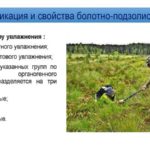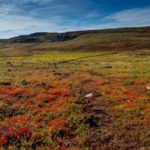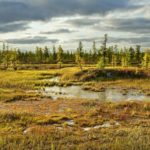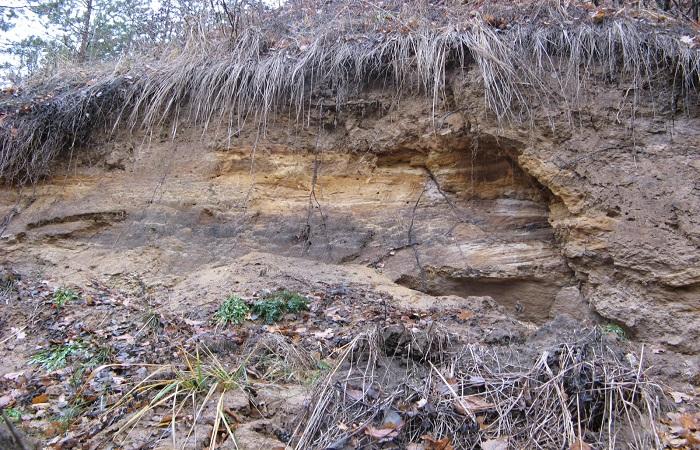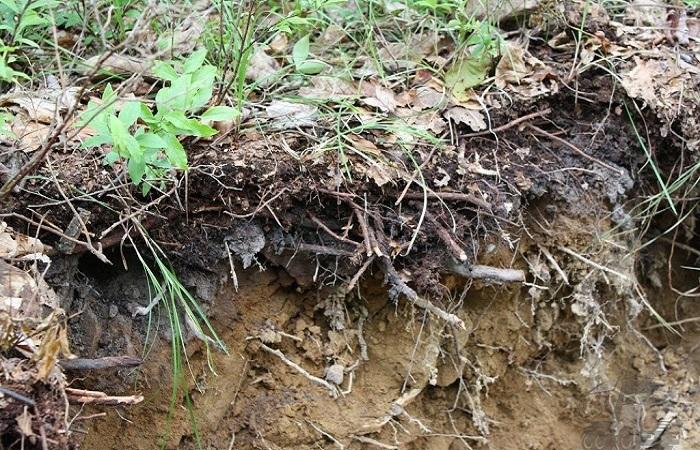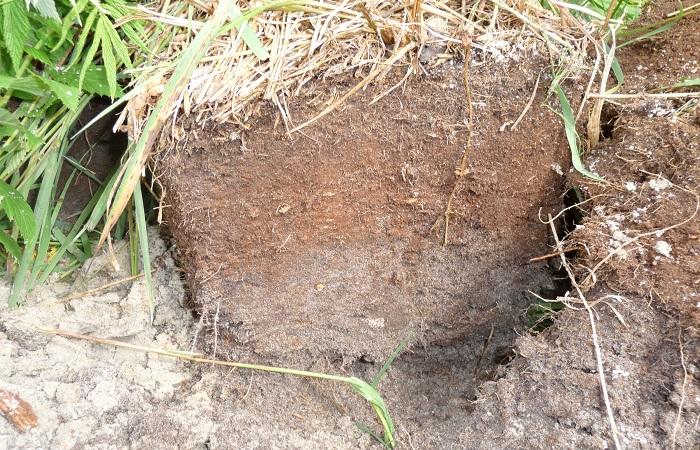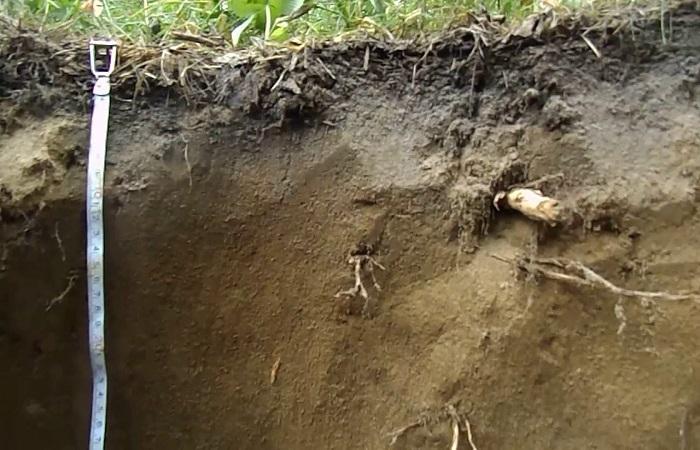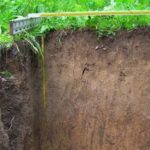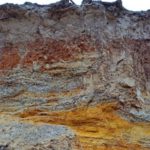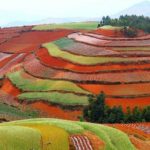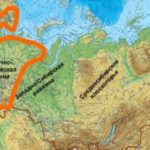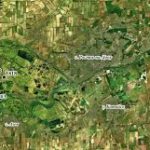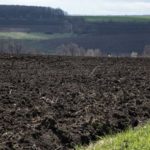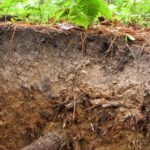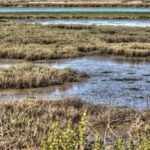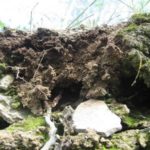The type of bog-podzolic soils is distinguished from podzolic soils. Their formation and development are influenced by certain factors. They have different profile structures and properties. Let us consider the conditions for the formation of bog-podzolic soils, their morphological characteristics and basic properties, classification and economic significance, where they are common.
Conditions of education
Bog-podzolic soils develop in poorly drained areas, which are characterized by temporary stagnation of moisture from the atmosphere and high groundwater levels.Constant waterlogging leads to gleying, during which rusty-ocher inclusions, bluish spots and veins are formed in podzolic horizons or isolated gley layers.
Morphological appearance
The profile of bog-podzolic soils consists of the following horizons:
- forest litter 2-4 cm thick, which passes successively into a weakly, moderately and strongly decomposed humus horizon 5-30 cm thick;
- dark-colored continuous humus horizon 10-15 cm thick, with a granular-lumpy structure;
- gleyed podzolic horizon 5-50 cm thick, light in color, with a scaly or platy structure, structureless;
- illuvial layer 20-50 cm thick, with ocher and bluish spots and streaks;
- soil-forming rock, heavily gleyed under the influence of soil moisture; if there is no ground moisture, there are no signs of gleying.
The main characteristics of bog-podzolic soils are pronounced acidity and a decrease in humus content with depth. Humus consists mainly of fulvic acids. The upper horizons are rich in silica, and the gleyed ones are rich in mobile iron.
Properties
Bog-podzolic soils have unfavorable agronomic properties. The soils are not warmed up enough, are overly moistened, have poor oxygen permeability, and contain little nitrogen, potassium and phosphorus in available form.
Fertility is low, the podzolic horizon contains only 1-2% humus, the illuvial horizon contains 0.5-0.6%. However, 0.8% of the area of these lands is used for agricultural purposes.
Classification
Bog-podzolic soils are divided into 6 subtypes. Peaty-podzolic with surface gleying are common in the northern and middle taiga, formed on rocks with a heavy mechanical composition.In the upper horizon there is 1-2% humus, in the next – 0.5-0.6%. The reaction in all layers is acidic, especially strong in the upper horizons. The first layers are saturated with bases by 10-50%, the rock - by 60-70%. The gleyed layer contains mobile iron, and the upper layer contains silica.
Peaty-podzolic soil-gleyed soils contain humus from 2-3% to 3-8%. The reaction is acidic, silt and sesquioxides accumulate in the illuvial layer, while there are few of them in the upper horizons.
Humus-podzolic soil-gleyed soils are found in poorly drained areas, on rocks with a light composition. There is little humus - 1%, in the illuvial layer - up to 3-10%. All layers are acidic, rich in bases.
Soddy-podzolic with surface gleying are located in the southern taiga and forests and meadows. They contain 2-9% humus, the upper layers are acidic, the base contains 40-60%. On carbonate rock, the soil is less acidic than normal.
Soddy-podzolic soil-gleyed ones are found in the southern taiga in forests on sandy deposits, under which there is clay. The upper horizon contains 1-3% humus, the illuvial horizon – 2-10%. The reaction is acidic and neutral, respectively.
Usage
Swamp-podzolic soils are not fertile without agrotechnical measures. In order for them to become suitable for agricultural use, it is necessary to regulate thermal and water regimes and apply organic and mineral fertilizers.Reclamation measures are used for drainage, deep loosening and liming to reduce excessive acidity.
Bog-podzolic taiga soils are formed under conditions of strong moisture and lack of oxygen, which trigger the process of gleyization. Their natural fertility is low, but after processing they can be used for economic use.

